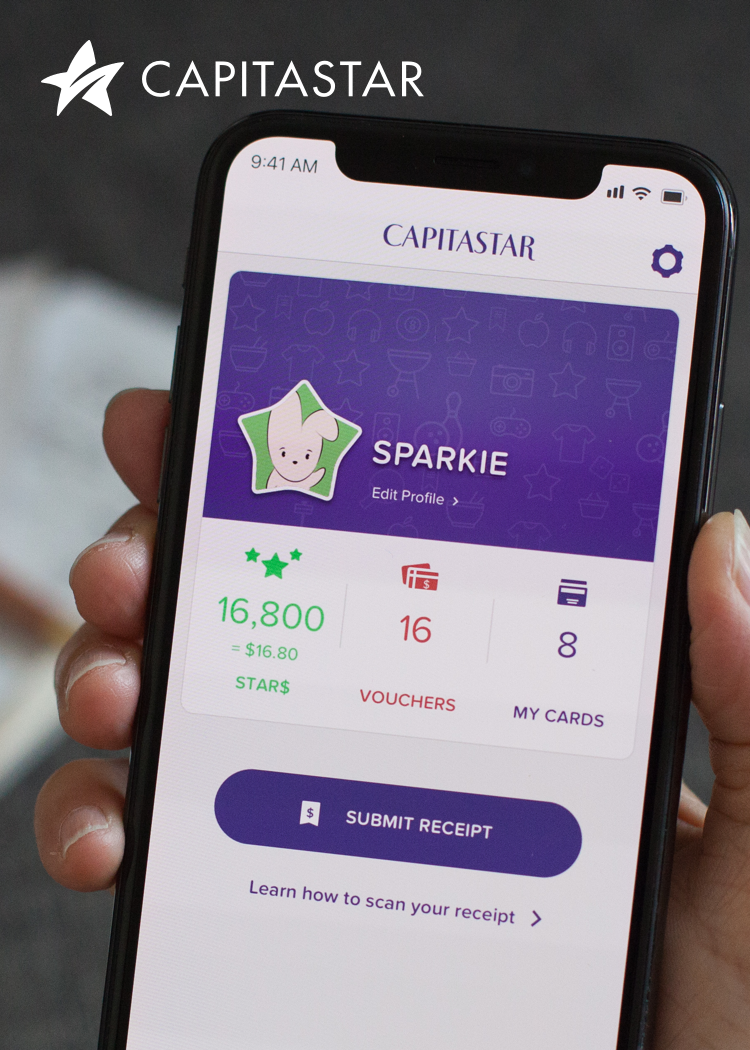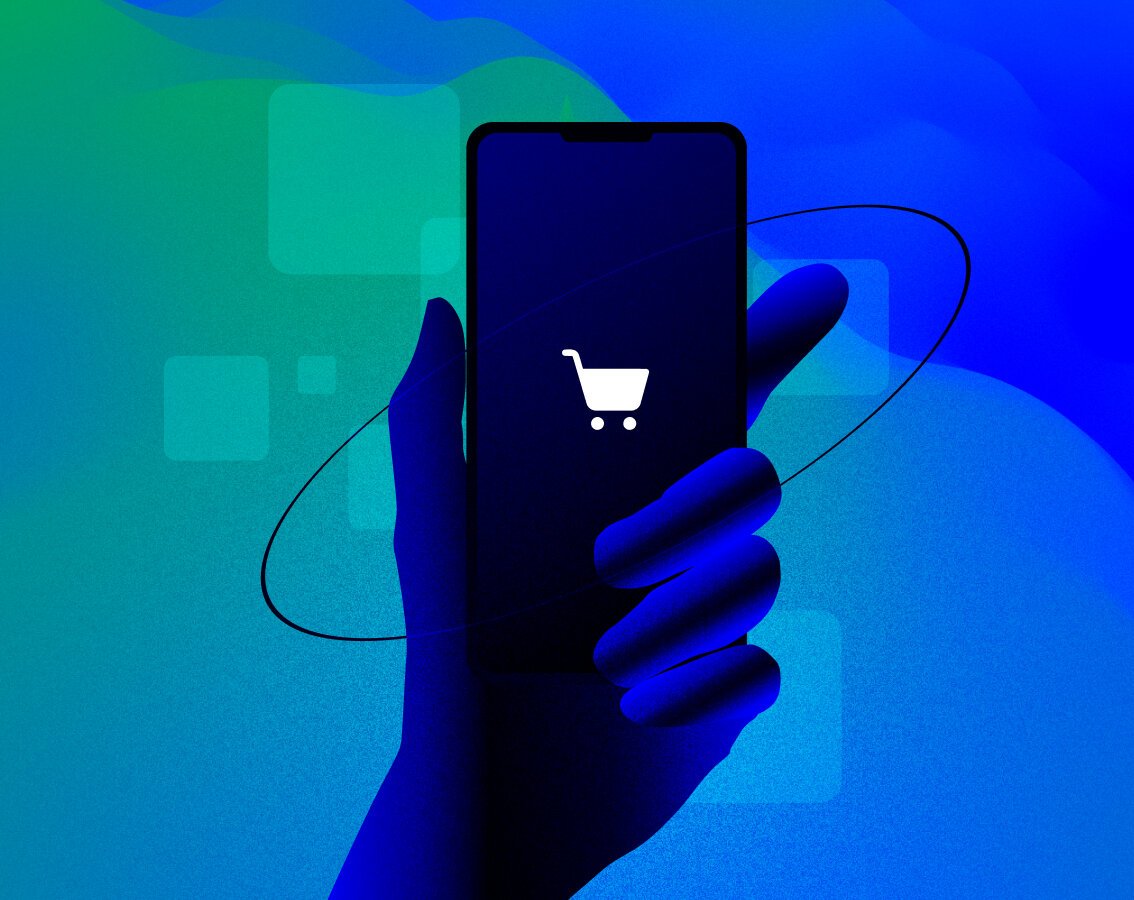blog
UX in E-Commerce Apps: Unbridled Power in the Digital Marketplace
By Mohan S App development Retail September 10, 2023

The role of User Experience (UX) in ecommerce apps has emerged as a game-changer in the constantly changing world of online commerce. Every interaction users have with an app, from the time they first open it to the time they make their final purchase, shapes their experience and impression of the brand. Ecommerce apps have the potential to gain a competitive edge and foster unwavering client loyalty by emphasizing seamless navigation, intuitive design, and customized experiences.
Engagement levels soar when users encounter a delightful, nimble interface. It becomes simple and enjoyable to browse product catalogs, investigate recommendations, and complete transactions. Customers are more likely to be satisfied, return for additional purchases, and recommend the mobile app to their network as a result of the increased engagement.
Additionally, ecommerce apps' outstanding UX is crucial for increasing conversions. A well-designed app makes transactions easier for users by streamlining the buying process, lowering friction points, and fostering confidence. Ecommerce apps can increase customer trust and loyalty by streamlining the checkout procedure and the post-purchase experience. As a result, they will become the preferred option for customers looking for comfort and satisfaction.
What Role UX Plays for Ecommerce?
An essential gauge of an ecommerce app's overall user experience is its cart abandonment rate. According to studies, nearly 70% of online shopping carts are abandoned before a purchase is made. The UX design of the app can be directly linked to this phenomenon. Let's examine how a strong user experience (UX) can have a significant impact on sales, encourage brand loyalty, and provide a high return on investment (ROI).
Great UX = More Sales:
Significantly fewer friction points occur throughout the shopping process with a seamless and intuitive UX. Ecommerce apps can convert casual browsers into ardent buyers by streamlining the checkout process, improving product search, and ensuring easy navigation. The app becomes a persuasive sales platform with a user-centric strategy, boosting conversion rates and increasing revenue potential.
Encourage Brand Loyalty:
Customers are left with a lasting impression by a memorable and enjoyable UX. Users are more likely to emotionally connect with a brand when they have a hassle-free, enjoyable experience. One-time buyers become repeat customers and brand evangelists as a result of this emotional connection, which fosters brand loyalty. An ecommerce app with outstanding UX becomes a driving force behind developing a loyal customer base in a highly competitive market.
Get High ROI:
In the world of online shopping, making an investment in UX design pays off handsomely. Research has shown that every dollar spent on UX design can result in a return of up to $100. An ecommerce app can provide value well beyond its initial development cost by addressing pain points, improving user flows, and comprehending customer needs. Additionally, higher customer retention and satisfaction rates lead to an increase in customer lifetime value (CLV), which boosts the business's overall return on investment.
As the ecommerce industry continues to evolve, a customer-centric approach to UX design is no longer a luxury but a necessity. By focusing on providing a seamless and enjoyable shopping experience, ecommerce apps can unlock their full potential, increase sales, foster loyalty, and achieve remarkable ROI.
Best Practices for Enhancing UX in E-commerce Apps
Businesses can create an exceptional shopping experience, foster customer loyalty, and promote sustainable growth in the cutthroat digital market by incorporating these best practices into the UX design of an ecommerce app.
1. Easy Navigation: Implement a clear, intuitive navigation system for users to easily find products and relevant information without feeling overwhelmed. A well-organized structure with accessible menus and categories ensures quick browsing and information retrieval.
How/Why it Helps: Simplified navigation reduces user frustration, encourages exploration, and increases engagement. A study by the Baymard Institute found that 17% of users abandon shopping carts due to complex navigation or confusing checkout processes.
2. Fast and Simple Checkout Process and Payments: Optimize the checkout process by minimizing steps and offering multiple payment options for user convenience. A streamlined process eliminates unnecessary fields and distractions, making it easier for customers to complete purchases quickly and securely.
How/Why it Helps: This reduces cart abandonment rates and increases conversion likelihood, ultimately boosting sales and revenue. 18% of users were not comfortable sharing their credit card information on the website.
3. Draw Attention to CTA Using Eye-catching Elements: Utilize visually striking Call-to-Action buttons and elements to attract users' attention and guide them towards desired actions, like adding items to the cart or checking out.
How/Why it Helps: CTAs improve user engagement and guide customers through the conversion funnel, leading to higher click-through rates and increased conversions. Changing the button color increased Performable's conversions by 21%, according to HubSpot.
4. Keep the Spotlight on the Product: Place product images, descriptions, and user reviews prominently on the app's interface for clear, high-quality visuals, boosting customer confidence and informed purchasing decisions.
How/Why it Helps: Prioritizing product visibility and information boosts user confidence, resulting in higher conversion rates and reduced product return rates. According to statistics on product image conversion rates, 93% of online shoppers prioritize product aesthetics when making a purchasing decision.
5. Focus on Customer Retention:To retain customers, implement loyalty programs, personalized recommendations, and post-purchase engagement strategies, that cater to individual preferences and maintain communication after initial purchase.
How/Why it Helps: Repeat customers are more valuable than new ones, as they spend more and have a higher lifetime value. Focusing on retention can increase customer loyalty and advocacy. On average, repeat customers spend, 67% more than new customers.
6. Show Customer Reviews: Display genuine customer reviews and ratings for products to establish trust and credibility, as they serve as social proof, helping potential buyers assess product quality and satisfaction before making a purchase.
How/Why it Helps: Positive reviews boost user confidence, increase purchase likelihood, and provide valuable feedback. BrightLocal reports that 98% of people check out local businesses' online reviews
Future Trends in E-commerce UX
Future trends in e-commerce UX are revolutionizing customer interactions with brands and products. Emerging technologies like augmented reality, AI-powered personalization, and voice user interfaces promise unparalleled convenience, personalization, and engagement. These trends are reshaping the industry for a more immersive and seamless shopping journey.
Augmented Reality (AR) and Virtual Reality (VR) Integration
E-commerce apps are anticipated to embrace immersive experiences as AR and VR technologies become more widely available. Customers will be able to virtually try on items, picture them in their own homes, and decide more confidently when making purchases, which will result in fewer returns and higher customer satisfaction.
AI-Powered Personalization
Individual users' shopping experiences will be tailored with the help of artificial intelligence. To deliver personalized product recommendations, content, and offers, AI algorithms will examine user behavior, preferences, and previous interactions. This will result in a more interesting and relevant shopping experience.
Voice User Interface (VUI) and Conversational Commerce
Integration of VUI in e-commerce apps will gain popularity as voice assistants become more widely used. Users will be able to easily interact with the app, add items to their cart, and make purchases using natural language thanks to voice-based shopping and conversational commerce, enhancing convenience and accessibility.
Conclusion
The significance of UX in E-commerce apps cannot be overstated. It serves as a critical factor in determining the success of online businesses. A seamless and customer-centric UX elevates user engagement, satisfaction, and conversions, leading to increased sales and brand loyalty.
The future of E-commerce UX is set to be more immersive, personalized, and voice-enabled, promising an exciting era of enhanced shopping experiences for consumers worldwide.
By embracing the latest trends and best practices, e-commerce apps can position themselves to thrive in the competitive landscape of digital commerce.




